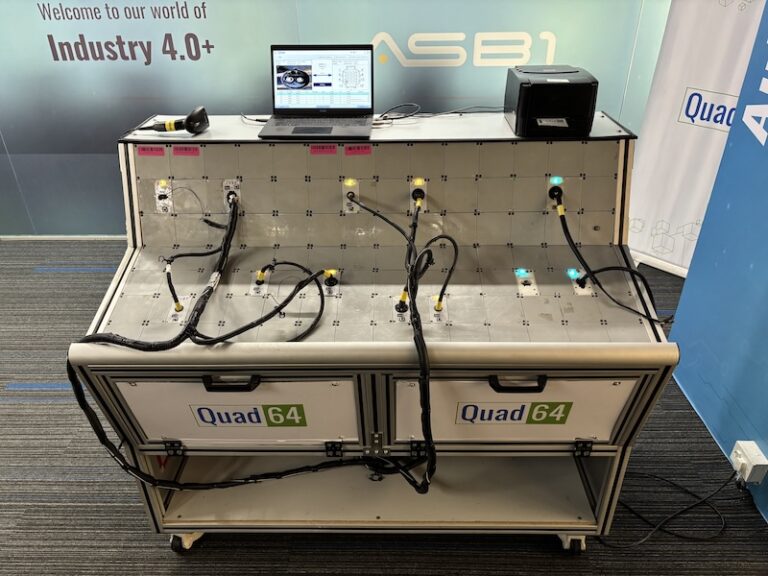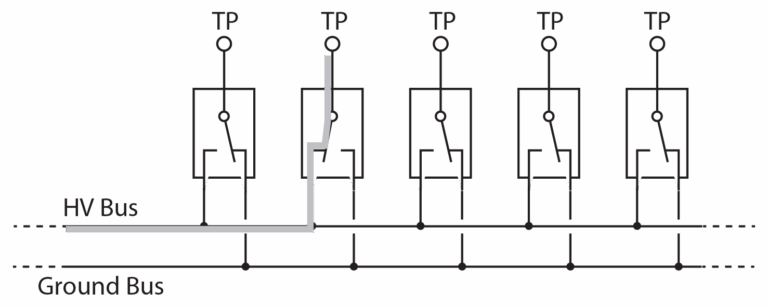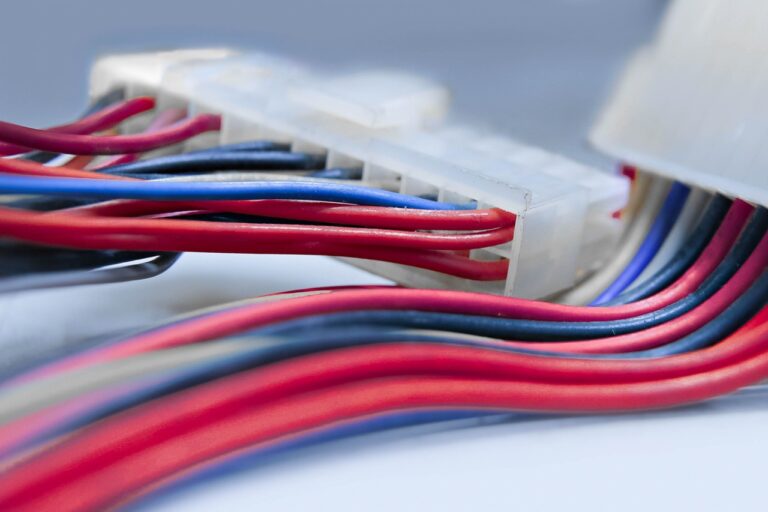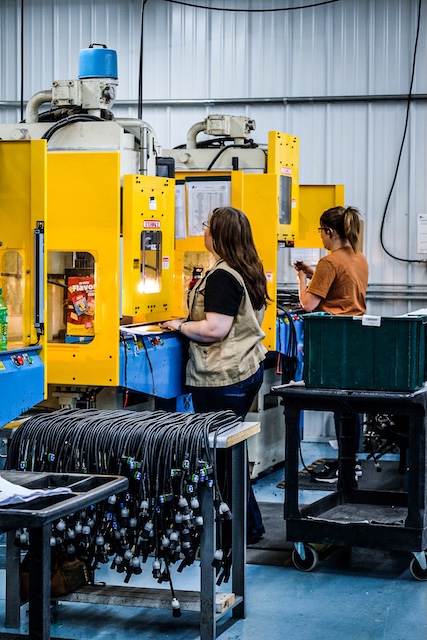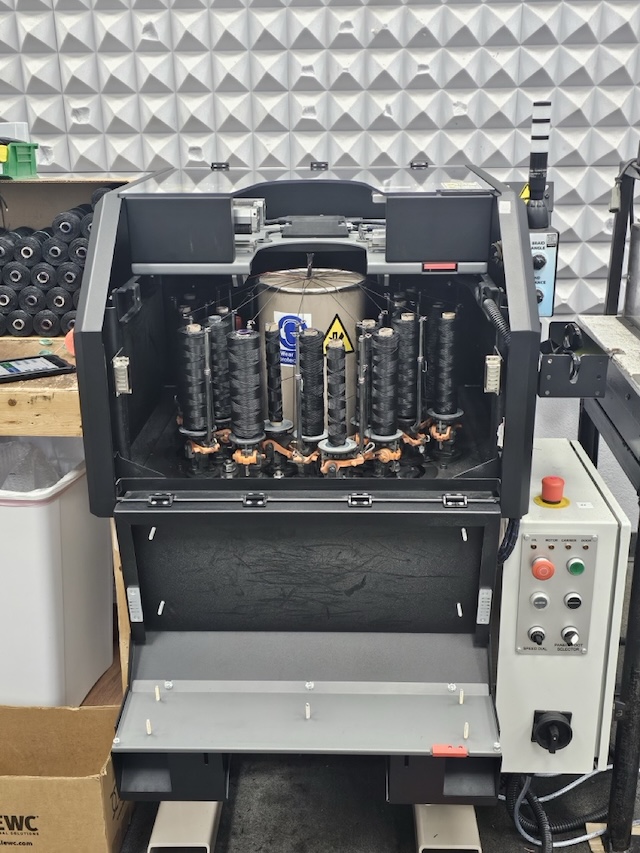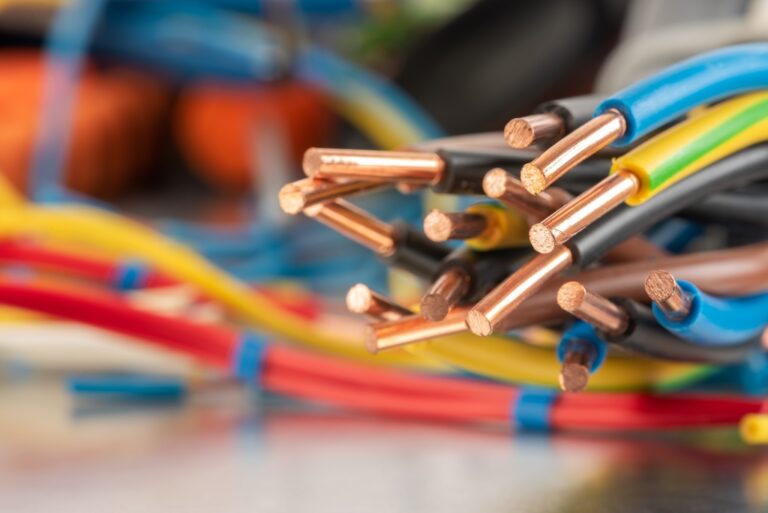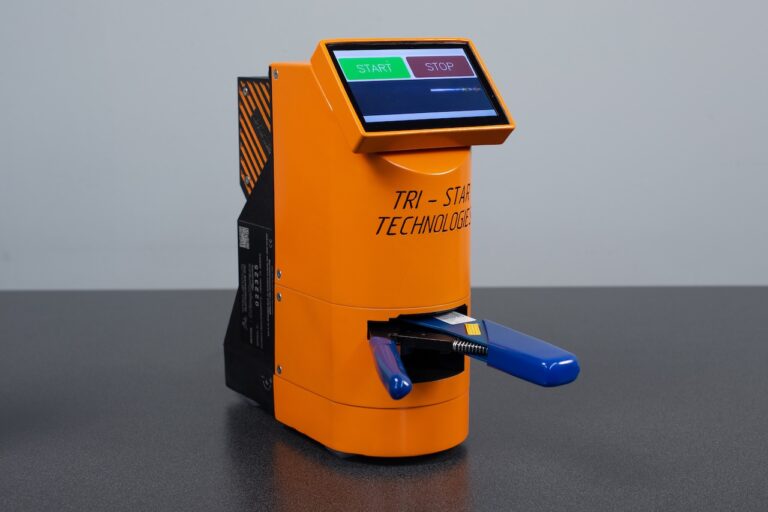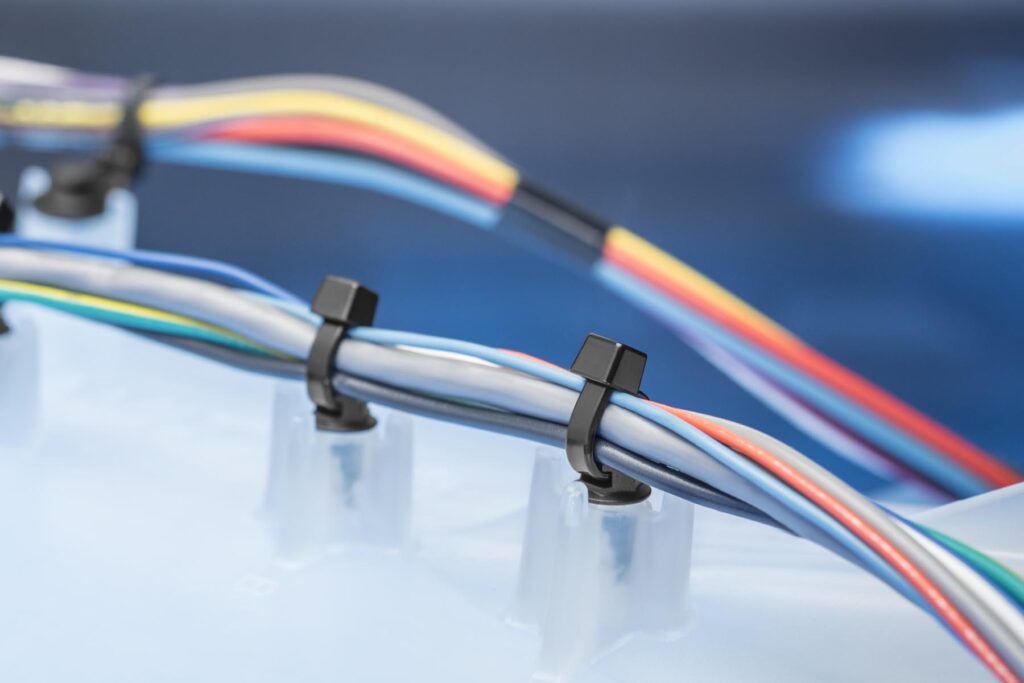The Future of Wire Management is Already Here
By Missy DeBord and Bruce Laabs
Remember not so long ago, when products that contain lots of wire – cars and industrial machines, for example – evolved slowly and fairly predictably? No more.
As a manufacturer of products that route, bundle, fasten and otherwise protect and identify wires and hoses, our product managers and engineers must constantly look over the horizon of the industries we serve. That’s because, in the world of industrial product design, wire management is often treated as an afterthought.
Today, we are witnessing a surge in on-board technology being integrated into everything from consumer refrigerators to semi-trucks. Staying ahead of these revolutionary shifts requires new, uncharted ways of thinking about routing technology.
Connected homes, smart factories
Did you ever imagine we’d be talking about self-aware appliances outside the context of science fiction? Today, such conversations don’t even raise an eyebrow. Consumers can purchase a refrigerator outfitted with a digital memo board, technology that adds grocery items to a virtual shopping cart and sends an order via Wifi to a retailer, adjusts the temperature of multiple compartment zones and tells the owner when it’s time to change a filter. At the grocery store? Use your smartphone to ask the fridge what you need to restock.
Washing machines automatically adjust cycle times by weighing the load. Clothes dryers stop running when they sense the load is dry.
Oh, the challenges these super-intelligent, modern conveniences add in terms of wire management.
More technology – sensors, for example – means more wires. So, we follow the wires and discover all kinds of opportunities to better protect internal systems while reducing costs associated with assembly.
That can mean bundling fasteners such as cable ties with low profile heads to fit these larger diameter harnesses in the same, tight spaces. Also, data cables often run alongside electrical wires, necessitating shielding or physical separation to minimize interference or cross talk.
Manufacturers want to completely hide their wiring harnesses, both for physical protection and aesthetics. This requires efficient ways to route wiring and more surfaces and edges to consider for mounting. At the same time, these OEMs are always keen on ways to speed and simplify assembly.
Once while visiting a customer, we identified their need for a better blind hole mount as part of a washing machine assembly. Our engineers developed one that attaches with a simple push, no tools, replacing a part that used to get screwed or glued in place. And by making it toolless, installers can reach into deep, dark recesses and complete the assembly faster.
High-tech enhancements also produce more heat in compact spaces. That can mean choosing parts that reroute a bundle, adding protective sleeving or utilizing fasteners made from resins that withstand prolonged exposure to higher temperatures.
It’s not always about making fasteners smaller or using a new material. Sometimes we find changing the orientation of an existing product does the trick.
Then there’s the challenge of constant movement. Whether on a consumer product or in a robotic workflow on a shop floor, we’re seeing an increase in automation and related systems. Constant motion requires fasteners and protection products designed to withstand not just repetitive movement, but the associated impact and environmental factors.
Identifying these pain points early is crucial in order to more seamlessly integrate these new systems. Just as important, customers and suppliers working together during the design stage helps avoid last minute, custom fasteners that must go through the validation process.
Super intelligence on four wheels
Moore’s Law has survived over 50 years as the de facto truth regarding the evolution of electronics. If we apply it to today’s automobile market, we can expect cars to be fully autonomous around 2035. They will require ADAS, or Advanced Driver-Assistance Systems, which sounds foreign now, but will no doubt roll off the tongue when the time comes.
While we’re not quite there yet, modern vehicles are giving us more than a glimpse of what this will look like. And things are already moving incredibly fast.
Think about all the systems hidden behind the plastic and sheet metal: cameras, radar and LiDAR (for systems such as blind-spot monitoring) all require mounts and a physical connection to the car’s central intelligence hub. Those connections aren’t just simple wires any longer; they’re coax and high-speed data cables, too. And the number of tech components is increasing over time. New cars contain vastly more cameras and sensors than a short time ago, and this trend will continue.
OEMs aren’t making the vehicles bigger to accommodate added technology, and yet they find ways to decrease weight while increasing cargo volume. Together, we’re finding new ways to route, protect and mount all those connections and reduce weight further.
We haven’t begun to discuss electric vehicles, and they bring even more challenges for managing wires. They tend to have more sensors and modules, more wiring and, of course, massive batteries. These batteries are heavy, and they can become extremely hot. Managing the temperature has become a regular consideration in developing new fasteners and protection products.
Weight affects EV fuel range as well as fuel economy in cars with combustion engines. So, auto manufacturers are constantly seeking ways to reduce mass. One way we can help is through a part conversion process called “Metal to Plastic,” or M2P. Where it makes sense, replacing metal fasteners and brackets with highly engineered plastic alternatives can result in 30 to 70 percent weight reduction.
The plastic substitutions can consolidate multiple metal parts and fasteners to a single piece. The new part can be smaller yet incredibly strong. They can be designed with low profile features to fit in tighter spaces and protect adjacent bundles against abrasion. They can be made of plastics that withstand an extremely wide temperature range in poorly vented compartments and channels.
Looking over the horizon, tomorrow’s vehicles may actually contain fewer wires and shorter runs. However, the weight of all that wire and cable is expected to nearly double in response to the applications of all the new technology. The industry continues to throw new opportunities in our path, which keeps the work exciting.
What’s good for the OEM is also good for wire harness maker, installer and many others along the journey. Today’s wire management must check off many boxes – weight reduction, cost control, easy insertion combined with high extraction force, simple or no assembly, impact resistance, high and low temperature considerations, UV and chemical resistance, routing orientation and more.
The best solution isn’t always right in front of us. But experience developing these solutions on a constant basis for a broad range of manufacturers and applications certainly helps get us to the ultimate answer faster.
Missy DeBord, HellermannTyton product category manager – electrical, identifies new product opportunities aimed at meeting customer application needs and current market trends related to the bundling and securing of wires, cables, tubes and hoses in the electrical market.
Bruce Laabs, HellermannTyton director of market development – automotive, is responsible for product management and marketing for the light vehicle, heavy truck, construction and agriculture markets. He also manages our Detroit-based inside sales office to service our light vehicle customer base.

























